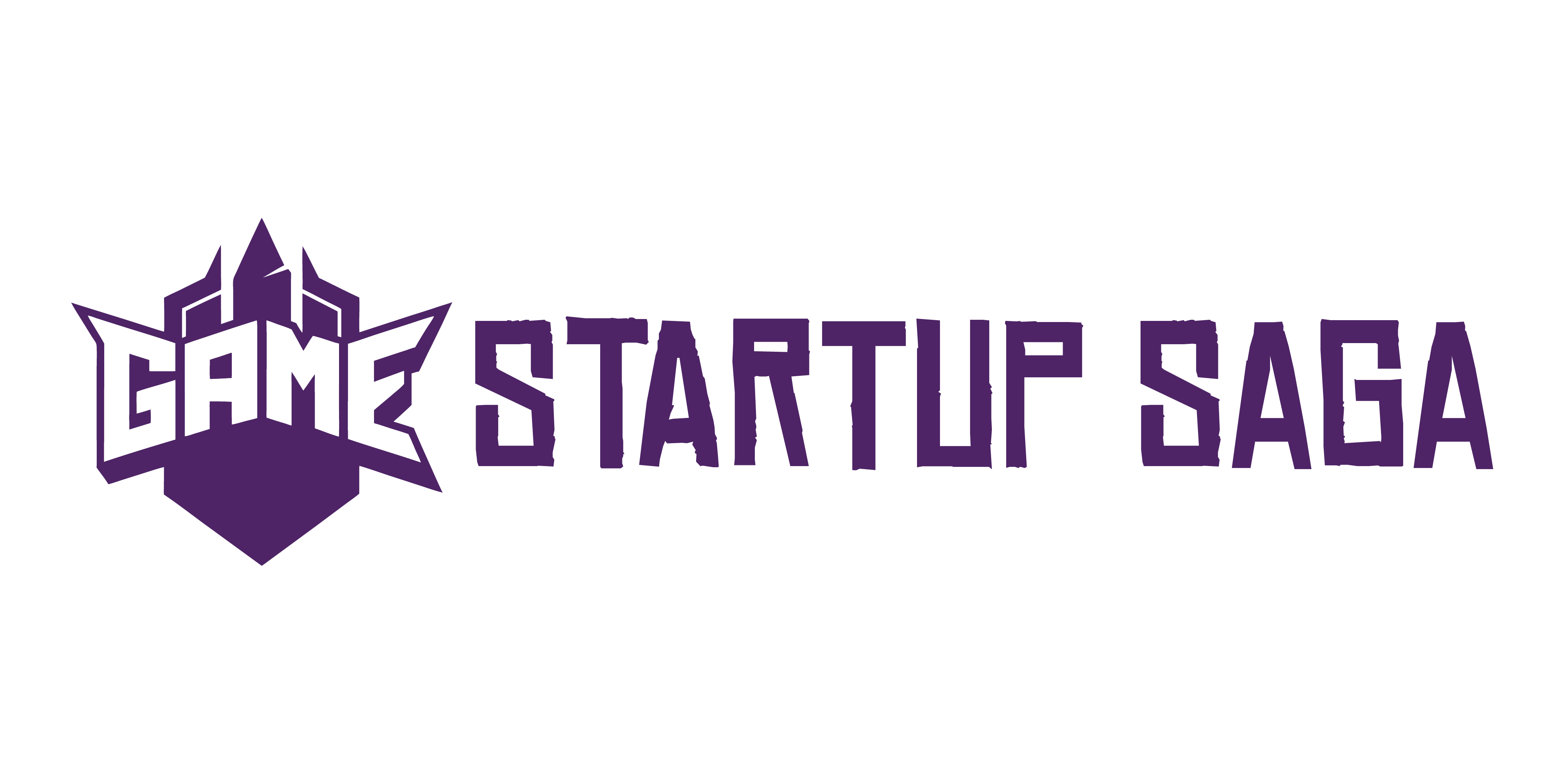Introduction
Understanding how players interact with games is no longer the sole domain of UX designers or gameplay analysts. In today’s competitive gaming landscape, player behavior is a strategic asset that touches product development, marketing, community management, and monetization alike.
Player Behavior: A Cross-Disciplinary Priority
Modern gaming demands a broader approach. Every department—from design to publishing—benefits from interpreting behavioral trends:
- Product teams use behavioral data to inform feature development and balance gameplay loops.
- Marketing teams create custom messaging based on user personas and playstyles.
- Monetization strategists identify ideal pricing models or engagement windows.
From Gameplay to Market Gains
The ability to translate behavioral patterns into business outcomes is what separates thriving studios from the rest. It’s not just about knowing what players do, but understanding why they do it—and applying that insight strategically.
Key behavioral insights that drive market success:
- Retention Patterns: Knowing why players return (or don’t) shapes content roadmaps.
- Engagement Signals: High-interest features or modes guide expansion planning.
- Conversion Triggers: Understanding when and why players spend supports monetization without alienation.
Bottom Line: Insights That Scale
Behavioral analysis isn’t a siloed tool—it’s a growth engine. Studios that integrate player understanding across functions move faster, respond better, and build games that resonate longer.
Player Motivation: What Keeps Gamers Engaged
At the core of player behavior are three psychological engines: competition, achievement, and escapism. Most games tap these in varying doses, and great ones know how to dial them up or down depending on who they’re for. Competitive titles—think battle royales and ranked shooters—attract players who want to prove themselves. These players crave challenge and status. Achievement-driven users lean into progression: finishing levels, unlocking gear, collecting trophies. Then there’s escapism, which powers the surge in open-world adventure games and cozy titles. These players want to tune out the world, not conquer it.
Genres are more than aesthetics; they speak directly to different motivations. Strategy draws the planners. Fighters hook the execution junkies. Life sims and crafting games offer control in slow doses. Even newer hybrids—like social deception or survival sandbox games—blend these needs in fresh ways.
Since 2020, preferences have shifted hard. Pandemic-era gaming saw a boom in casual players—not just in numbers, but in appetite. They stuck around. Games with flexible time demands, social hubs, or bite-sized loops are thriving. But the hardcore crowd didn’t go anywhere—they just got pickier. They want depth, balance, and long-tail updates.
Understanding what drives your players isn’t optional anymore. It’s the foundation for everything else: design, retention, monetization. Get this right, and the rest follows.
Behavioral Data: Reading the Signals
Game development isn’t just art—it’s intel. Behind the scenes, studios track every move players make. Why? Because understanding behavior isn’t optional anymore. It’s what keeps a good game alive.
Metrics like session length (how long someone plays in a single go), retention (how likely they are to come back), and churn rate (how many players bail and never return) are the heartbeat of development strategy. If your day-one retention drops below 30%, you’ve got a problem—and you’d better fix it before launch week ends. This isn’t just number-crunching. It’s survival math.
But with great data comes hard choices. The line between serving players and steering them can get blurry fast. A bump in retention might look good—until you realize it’s from a mechanic that exploits addiction loops. Ethical data use means asking the uncomfortable questions. Are we tracking to improve the experience? Or to manipulate it?
The best studios don’t just read data—they interpret it with care. The goal isn’t to trap players in endless loops. It’s to figure out what makes a game worth coming back to—and building more of that.
Market Dynamics: Who’s Winning and Why
Free-to-play (F2P) is no longer a trend—it’s the standard. Battle passes and cosmetic microtransactions have replaced the loot boxes of old, giving players a transparent path to rewards. It’s less about pay-to-win, more about paying for identity. Players want skins, not shortcuts. The smartest studios are walking that line between monetization and goodwill. Screw it up, and you’re a Reddit headline by morning.
While mobile continues to rake in billions and expand reach globally, the indie scene on PC is quietly flexing. Thanks to platforms like Steam, itch.io, and Epic’s support for smaller studios, we’re seeing more breakout hits from lean teams with creative freedom. Players hunting for originality, challenge, or niche experiences are finding a home away from the algorithm-heavy mobile market.
As for monetization trends, the market has clearly spoken: trickery backfires. Subscription fatigue is real. Ads that interrupt gameplay kill momentum. What works? Fair trade-offs—in-game purchases that enhance, not gatekeep. Games that value time over wallets keep people playing (and paying). The balance is brutal, but the studios that get it right create not just hits, but ecosystems.
Global Player Behavior Patterns
Understanding how player habits differ across regions is crucial for designing games that resonate. From gameplay preferences to spending behavior, regional trends can significantly influence both game design and monetization strategies.
Regional Habits: Asia vs. North America vs. Europe
Each region offers a distinct gaming culture with unique expectations and preferences:
- Asia: Known for mobile-first experiences, high rates of in-game purchases, and social gaming features. Players in countries like South Korea and Japan value competitive multiplayer and frequent updates.
- North America: Prioritizes console and PC gaming, with a growing acceptance of free-to-play models. Western audiences often respond well to open-world environments and user-driven content.
- Europe: A diverse region where preferences vary significantly by country. PC gaming remains strong, and narrative depth or artistic design is often prioritized over speed or action.
Time Zones, Spending Patterns, and Play Habits
Regional behavior extends beyond content preferences—it also affects how and when players engage:
- Prime gaming hours differ: Developers should schedule content drops and live events based on regional peak hours to maximize engagement.
- Spending habits vary widely: In-app purchases may dominate in Asia, while subscriptions or cosmetic-only models perform better in Western markets.
- Device usage trends matter: Mobile dominates in emerging economies, while more affluent regions balance across PC and consoles.
Emotional Localization: Beyond Translation
Localization is no longer just about language—it’s about psychological resonance:
- Cultural relevance: Characters, plotlines, and even visual styles should reflect regional values and storytelling conventions.
- Gameplay tone: Some regions prefer faster-paced, action-heavy gameplay, while others look for strategic depth or relaxed pacing.
- Emotional hooks: Tailor emotional arcs and motivators by region; for example, community achievement may drive engagement in one region, while personal progression motivates another.
Smart localization now means considering:
- Cultural sensitivities
- Regional humor and mythologies
- UI/UX preferences influenced by local tech habits
By aligning game design with regional behaviors and emotional expectations, developers can boost both engagement and long-term retention.
Adapting in Real-Time
Post-launch isn’t the finish line—it’s the starting block. Studios that thrive treat release day as phase one of a longer, more fluid process. A/B testing becomes essential here. From tweaking UI elements to rolling out minor gameplay changes, top teams run constant experiments to see what clicks with real players. It’s about speed and data. The faster you learn what works, the quicker you can pivot.
Live ops turns that learning into daily practice. Think in-game events, limited-time modes, reward balancing. These ongoing updates not only stretch a game’s lifespan, they also keep engagement from drying up. But here’s the thing: none of this works in isolation. Community feedback loops turn passive players into active collaborators. When the rollout of changes aligns with what the audience is actually asking for, trust builds and retention follows.
Reactive development, though, walks a fine line. Move too slowly, and you’re out of touch. Move too fast chasing every complaint? You lose your vision. The best studios listen hard, iterate fast, and still hold the line on their core design philosophy. It’s not about saying yes to everything—it’s about saying yes to the right things, at the right time.
- (For deeper market context: Current Market Trends in the Gaming Industry)
Looking at player behavior without understanding the broader gaming market is like studying fish without checking the tide. If you want the full picture—what’s selling, what’s stalling, and why user behavior is shifting—you’ll want to check out Current Market Trends in the Gaming Industry. It’s not fluff—just sharp insights on how economic forces, platform wars, and emerging tech are shaping player habits in real time. Whether you’re building the next viral hit or refining a live title, these trends help you move with the current, not against it.
Looking Ahead
Behavior leaves footprints. And in 2024, those footprints are getting sharper, deeper, and easier to follow. Developers and publishers are using current behavioral data not just to react—but to predict. How players move, when they log off, what content they skip—all of it informs the next wave of game design and market strategy.
The big shift? AI isn’t just streamlining production anymore. Predictive modeling is starting to act like a compass. Studios can now simulate how new mechanics might affect player engagement before a single line of code gets committed. Want to know if your tutorial is 10 seconds too long? You can run a model. Thinking of adding a paywall? That too can be tested virtually. This doesn’t mean instincts are off the table, but the guesswork is shrinking.
Of course, the flood of data can mislead as easily as it can guide. Raw metrics can tell you what happened, but not always why. That’s where human understanding still matters. Knowing the reason behind the rage quit or the late-night binge session—that’s insight that can’t be fully automated.
Quantify what you can. But never forget: patterns don’t make people. People make patterns.




